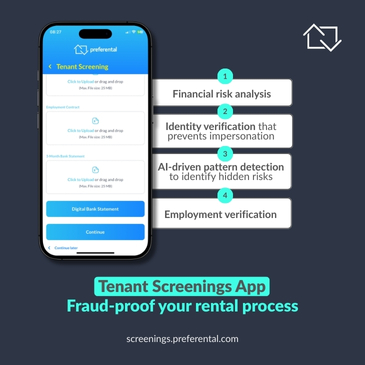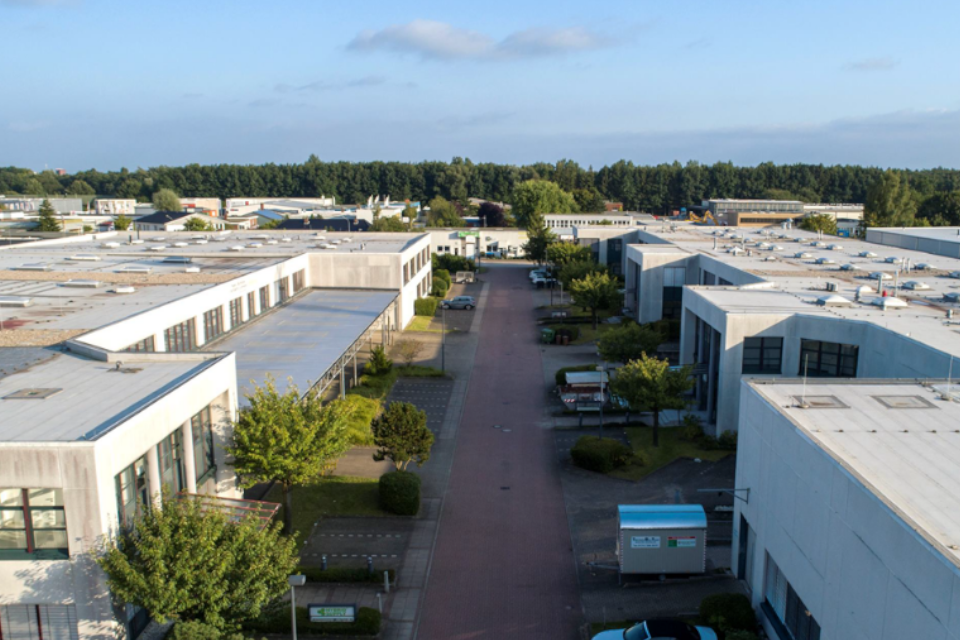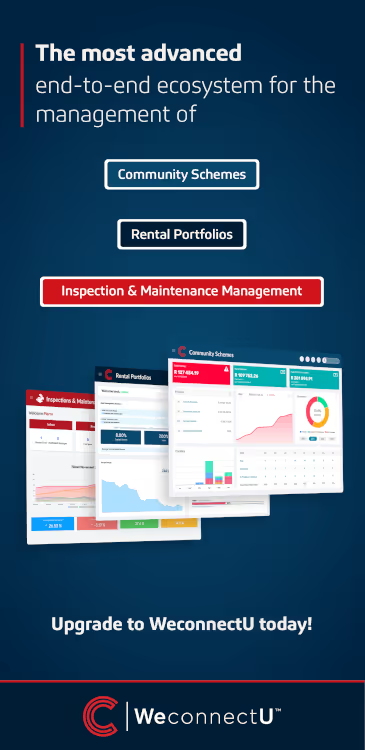5 Essential Lessons for Upgrading Your Smart Home Living
In recent years, smart home technology has revolutionised the way we live, enhancing convenience, efficiency, and security. A prime example is a smart home in Constantia, Cape Town, which recently sold for R42,750,000, boasting features like a Tesla power wall, solar panels, and smart controls for heating and lighting.
As smart technology becomes increasingly accessible, more homeowners are seeking to integrate it into their living spaces. Dr. Andrew Dickson, an engineering executive at CBI-electric low voltage, has transformed his home through smart automation, sharing five essential lessons for others looking to make their homes smarter.
Lesson 1: Start Small, Scale Up
Embarking on a smart home journey doesn’t require a complete overhaul. Focus on areas that will yield the greatest return on investment and convenience. For Dr. Dickson, automating the geyser’s operation and controlling lighting were early priorities that significantly reduced his electricity bill and enhanced daily comfort. Starting with these manageable upgrades allows homeowners to gradually expand their smart systems.
Lesson 2: Keep Costs Low
Many believe that smart home installations necessitate extensive electrical work. However, devices such as smart plugs and controllers can be installed by an electrician without the need for extensive rewiring. This approach allows homeowners to enjoy the benefits of smart technology without a hefty upfront investment, making it a practical option for many.
Lesson 3: Invest in a Reliable Wi-Fi Network
A robust Wi-Fi network is crucial for the seamless operation of smart devices. Dr. Dickson initially faced connectivity issues due to a weak signal, particularly with devices located in metal distribution boards or outside. Upgrading his network not only resolved these issues but also future-proofed his system for additional devices. It's important to configure your network to operate on the 2.4GHz frequency, which is often more compatible with smart devices, ensuring better connectivity throughout the home.
Lesson 4: The Integration Advantage
As you add more smart devices, integrating them unlocks enhanced functionality. For example, Dr. Dickson can monitor his rooftop solar PV system's energy production while optimizing its usage. Integration allows for smart scheduling of appliances, such as running the washing machine during peak sunlight hours, while ensuring that essential lighting is available at night. This level of control not only maximizes efficiency but also reduces energy costs.
Lesson 5: Knowledge is Power
An interconnected smart home system empowers homeowners with valuable insights into energy consumption. Dr. Dickson can monitor usage in real time and receive alerts for any significant changes. This capability enables data-driven decisions, allowing him to manage when and how long appliances should be used, ultimately fostering more sustainable habits.
The evolution of home automation is an exciting frontier, with technology increasingly blending into our daily lives. Dr. Dickson envisions a future where homes will be fully adaptable to human needs, moving beyond simple controls to intelligent environments that enhance our living experience. As South Africa’s power infrastructure evolves, smart homes will play a vital role in integrating with energy demands, making the dream of a connected, efficient home a tangible reality for many.
In conclusion, embracing smart home technology doesn’t have to be daunting or expensive. By starting small, investing wisely, and leveraging the right technology, homeowners can create a more efficient, convenient, and personalized living space. The future of smart homes is not just a trend; it’s becoming an essential part of modern living.






.avif)

.avif)


.avif)

.avif)




.svg)


.avif)

.avif)







%20.avif)








.avif)
%20.avif)
